Better stolen well than badly invented
In the 1930s DKW made the 125 RT in Zschopau (Germany). RT stood for Reichstype, meaning National Model.
The engine was a result of pioneering work on the two-stroke scavenging ports and combustion chamber. A concept that was later copied by many 2-stroke manufacturers.
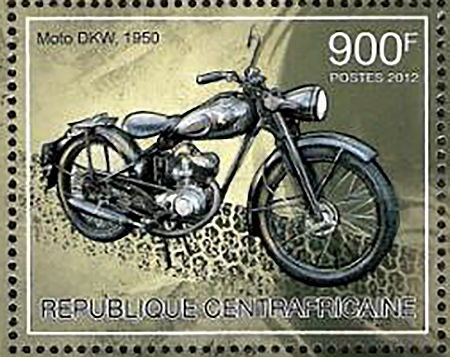
Everything went well, until World War II came and Germany became divided into East and West.
Production in the GDR (East Germany) continued in the post-war years under the name IFA and later from 1956 as MZ. The latter also applied the two-stroke concept to their successful racers, something that was later copied by Suzuki. But that's another story.
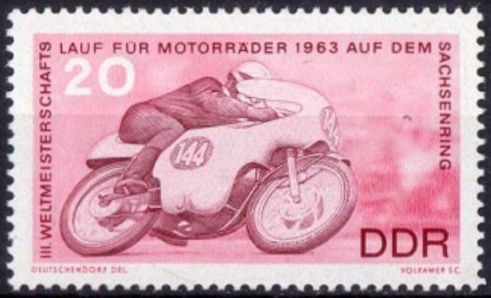
In the 1950s the DKW Zschopau factory was located in the Soviet-occupied zone, until it was handed over to the East German government in 1956. Then the name was changed to MZ (Motorradwerk Zschopau).
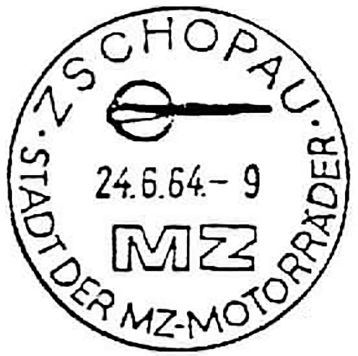
In the meantime DKW had reorganized in Ingolstadt (West Germany) and started production of the RT 125W (W stands for West). This was followed by various variants with larger engine sizes, but the basic design remained almost the same.
In the turmoil of the Second World War, various patents and technical drawings also fell into the hands of the Allies.
First of all, there were the Americans. They took the technology to the United States, where Harley-Davidson started motorcycle production in 1948 with a copy of the 125cc DKW engine as power source, but now with the shift pedal for the 3-speed gearbox on the left, and the brake pedal on the right.
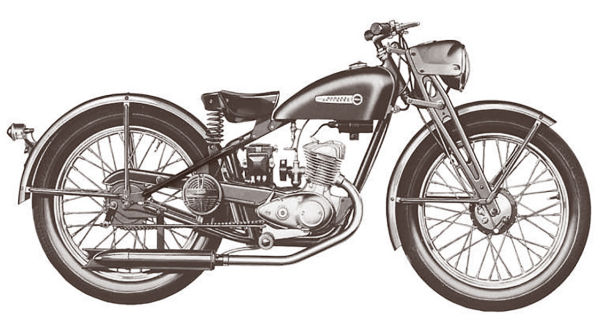
The light Harley's type name was the Hummer, named after a Harley dealer in Omaha, Nebraska. It was really basic and was sold with magneto ignition and without electric horn, brake light or turn signals. Later types with bigger displacement (165cc) and in 1953 a suspension fork followed. In 1960 there was also a version with both front and rear suspension, called the Super 10.
But it wasn't just the Americans who took off with the DKW design. The English also managed to seize drawings from the DKW factory.
Based on them the BSA factory started with the Bantam in 1948. This 125cc with right foot gear change was first without rear suspension and was later followed by a type with plunger suspension at the rear.

One of the largest buyers of this BSA was the British post, which massively used this cheap and manoeuvrable motorcycle in the well-known color red.
Later models had a larger displacement. First 150cc and later 175cc. The last model of the 175cc series left the BSA factory in 1971.
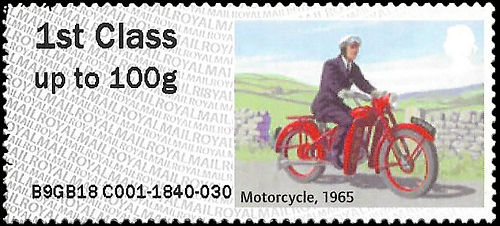
But it wasn't just the winners of World War II who made use of the DKW concept.
In the 1950s, after making a name for himself as a manufacturer of musical instruments in Japan, Nippon Gakki decided to also start making motorcycles.

Through so-called "reverse engineering" they copied the RT 125. In 1955 they started as the Yamaha Motor Company and brought the YA-1 on the market.
This 3-speed motorcycle was in production until 1958 and was nicknamed Red Dragonfly because it had a red-brown tank.
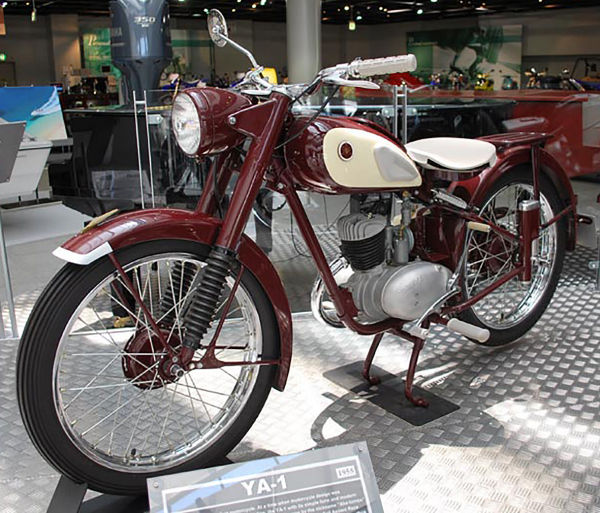
As mentioned before, the Russians also came into possession of the DKW technology. Just after the war production of the 125cc M 1A started in Moscow. In 1951, by order of the Ministry of Industry, production was moved to Minsk where the factory was established with the name MMVZ (Moscow to Minsk Motorcycle and Bicycle). The type was then also called M1NSK.

Finally, I should mention that the Swedish brand Monark has also produced a DKW clone. In 1949 this was a 125cc model called M70. But the number built has remained quite limited, partly because Sweden was not really a motorcycle country.
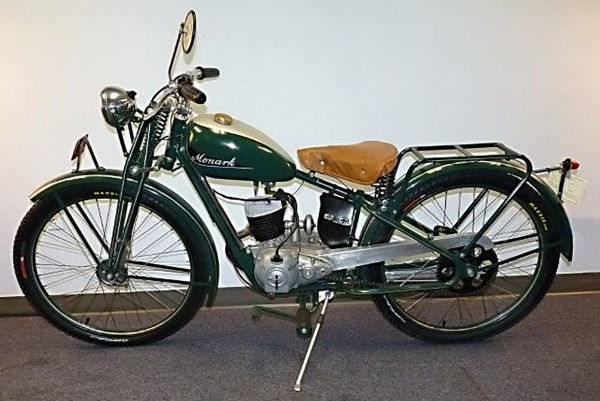
So far about the DKW 125 and its descendants. So you can see that copying and/or stealing ideas is not only done nowadays, and that copying a concept was quite successful for some factories.
Hans Baartman
Top - Back to former page - Home |